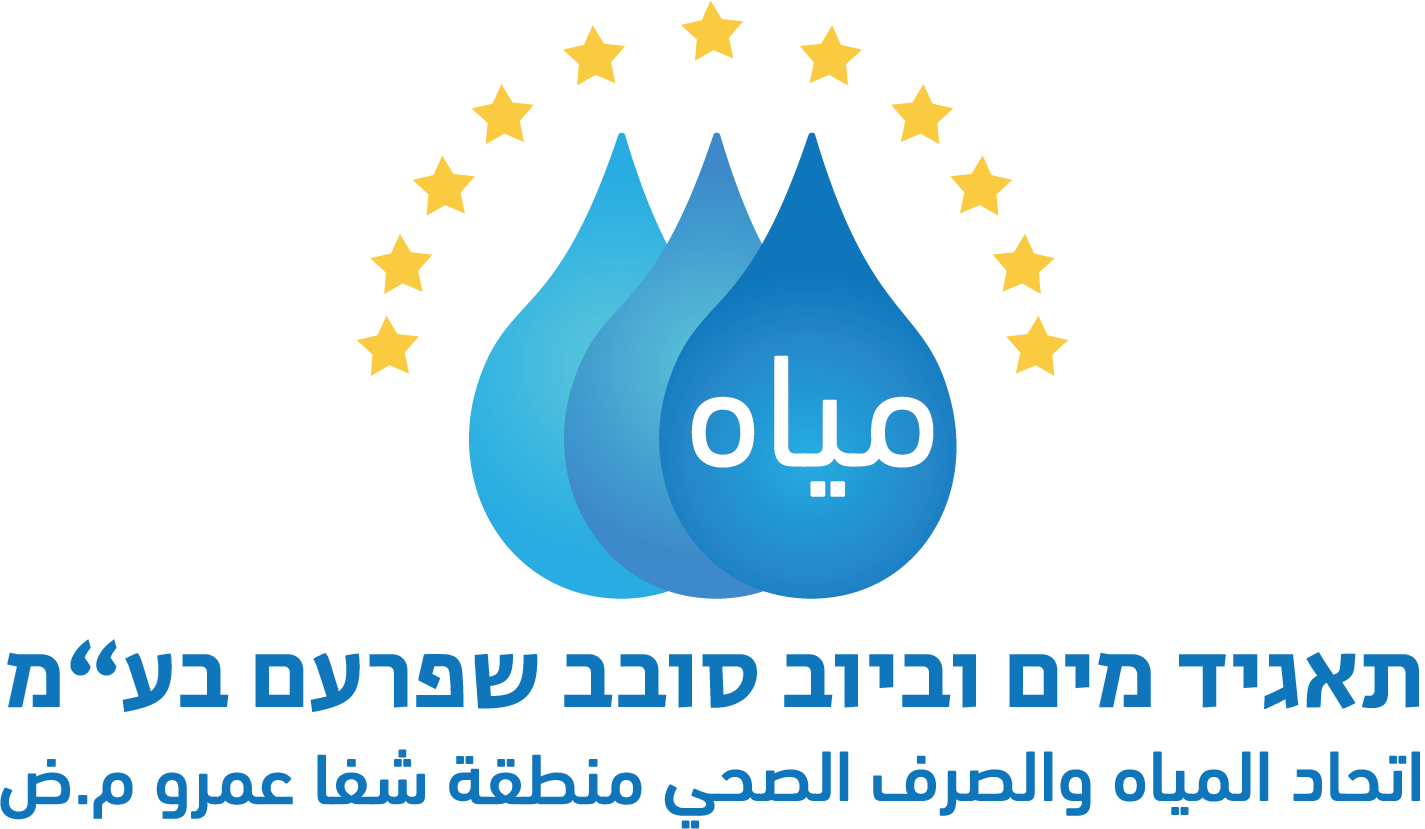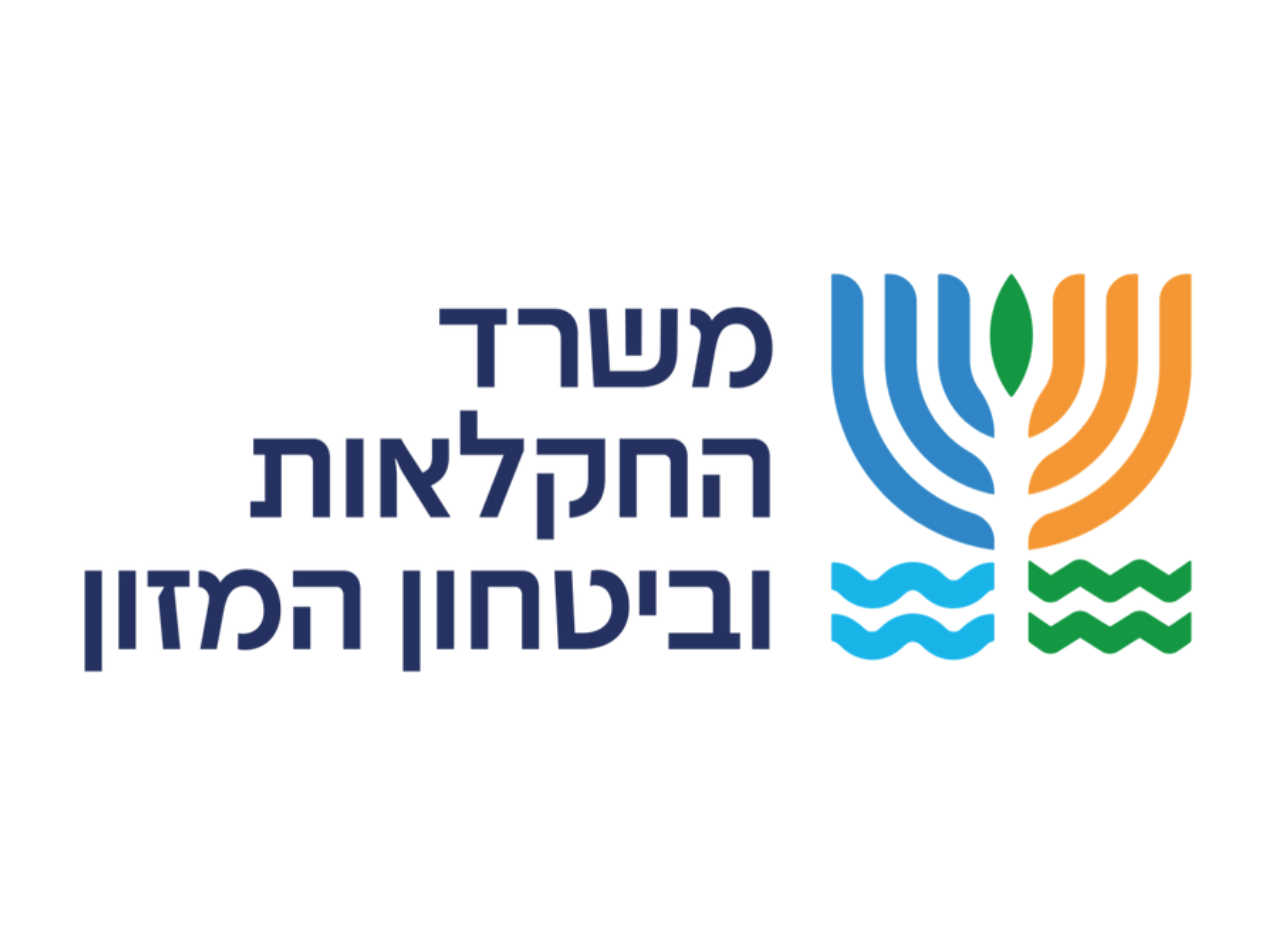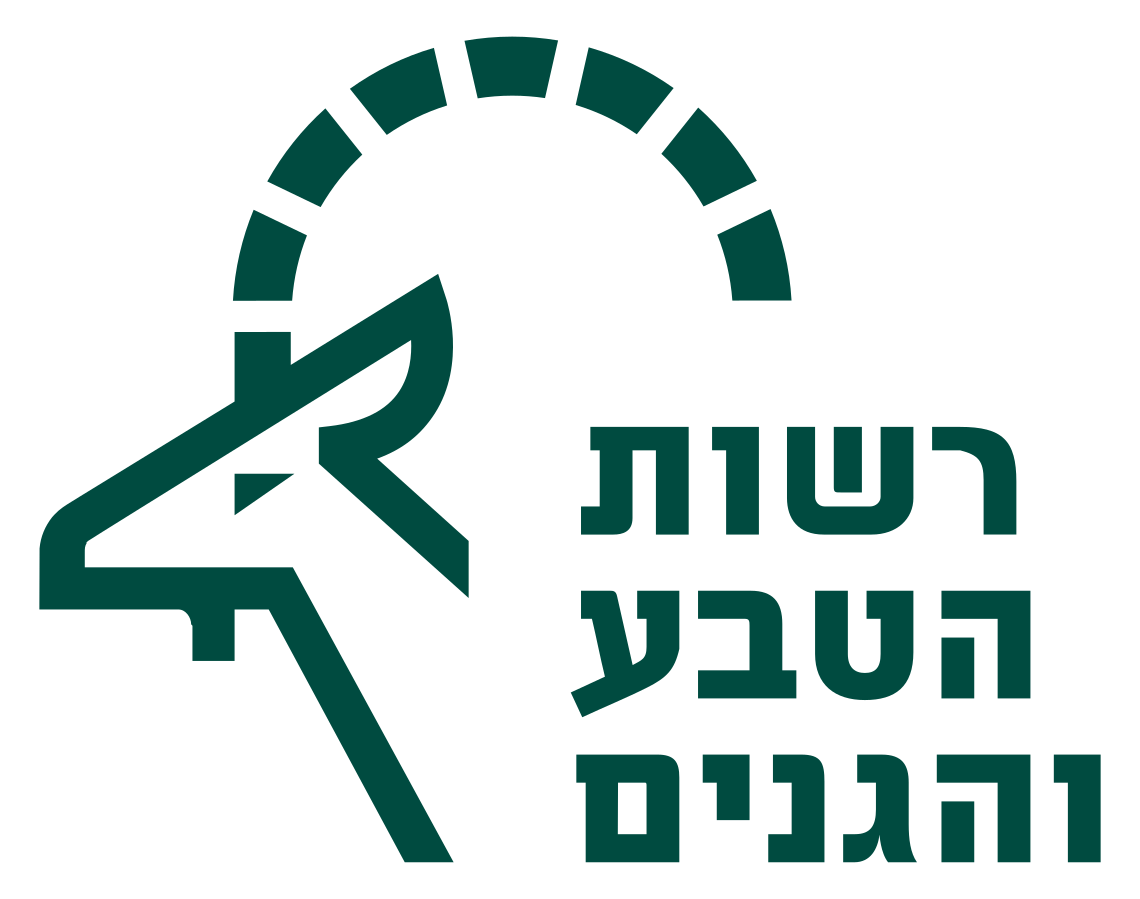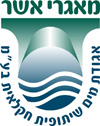Main Goals in This Area:
- Improve water quality – address major pollution sources throughout the basin and monitor water quality through continuous data collection.
- Restore natural and continuous streamflow – by removing hazards and barriers and rehabilitating water sources.
- Protect local water resources – end agricultural pumping directly from the stream, while laying pipelines to provide irrigation water from alternative sources, such as national water supply or reservoirs.
- Reduce risks to people and farmland from flooding – by widening the stream channel and creating floodplains that help regulate heavy water flow, taking into account expected climate changes in the region.
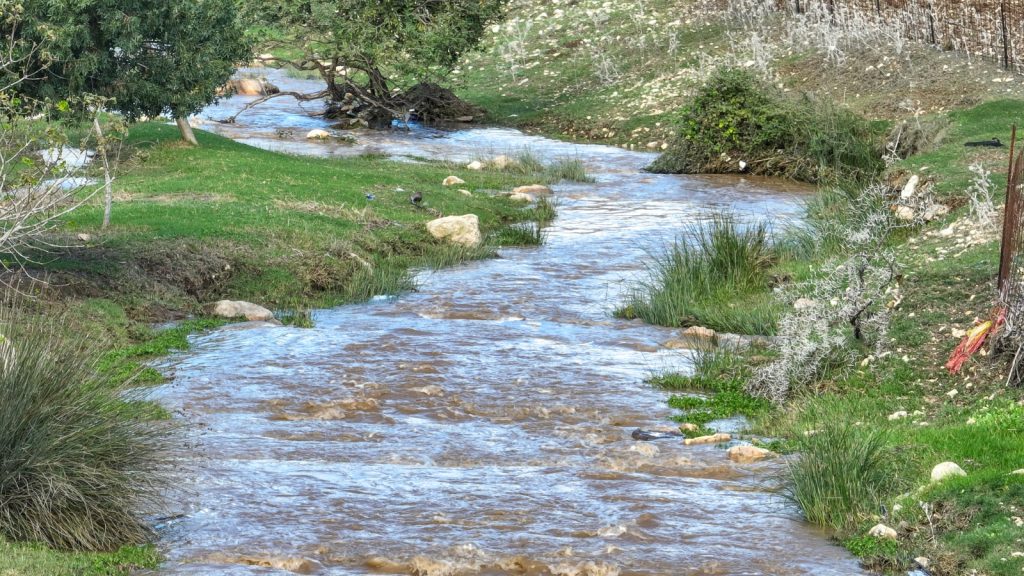
What Are We Doing in Practice? Examples:
- We mapped all pollution sources in the stream’s basin and created a treatment plan based on the findings.
- A joint task force was established with the Water Authority, the Ministry of Environmental Protection, and local water corporations to remove obstacles and improve stream water quality.
- Together with the Water Authority, we are promoting the implementation of the Zippori Stream water plan to provide farmers with an alternative water supply, with the goal of restoring the natural flow of stream water currently used for agricultural irrigation.
- An automatic monitoring station was installed downstream to continuously measure water quality and detect changes.
- To prevent sewage overflows, we are helping upgrade pumping stations near the stream and building facilities to capture wastewater from system failures.
- We created a floodplain downstream to reduce flooding risk in the Kishon River, where Zippori Stream flows (see the “Merlin Project” in Hebrew).
- Water pipelines are being laid for farmers in Ras Ali and Ka’abiya–Tabbash–H̠ajajra to provide clean, year-round water.
- We are working with enforcement and inspection bodies to identify sewage and effluent leaks early and enable rapid intervention to prevent the spread of pollution.
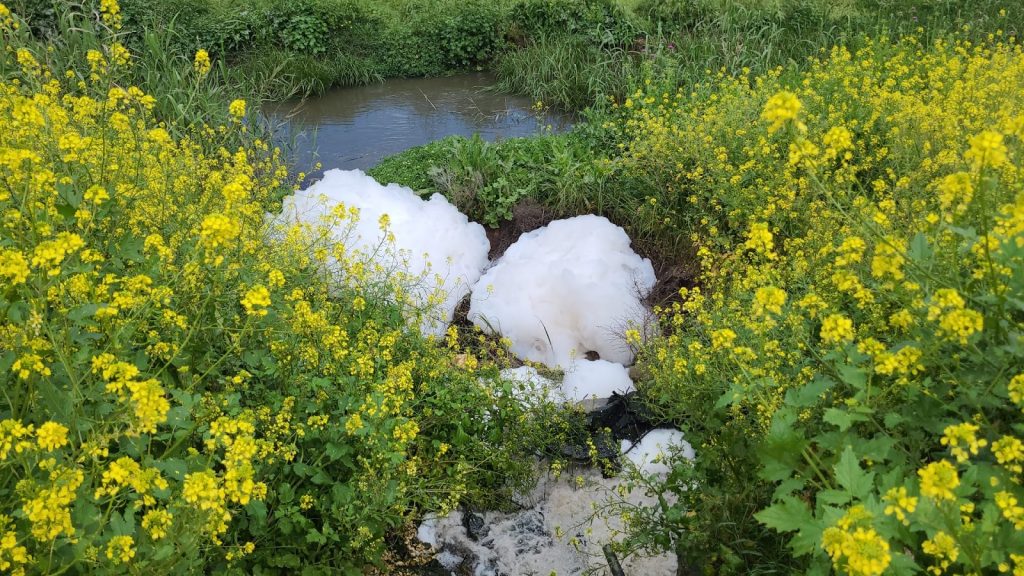
Project partners:
Did you know?

Hanaton Facility
A professional survey conducted at the beginning of the project found that one of the main pollution sources in Zippori Stream is the discharge of treated wastewater from the Manda and Solelim treatment facilities. Stopping these discharges is a key goal in terms of water resources. In partnership with the Water Authority, a broad plan is underway: laying pipes and building systems to divert effluent to reservoirs and agricultural fields instead of the stream, upgrading pumping stations and effluent reservoirs, and constructing an emergency reservoir at the Solelim facility.





